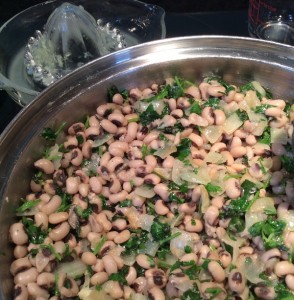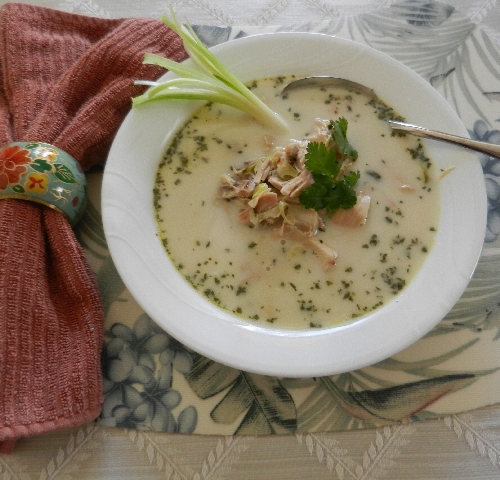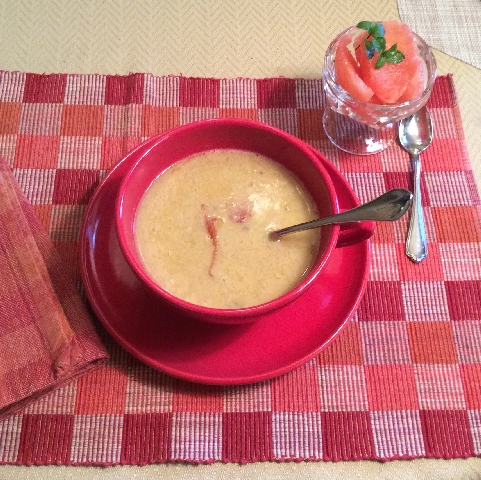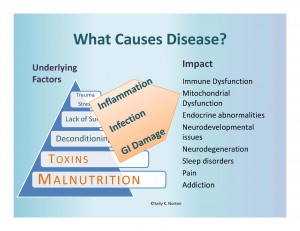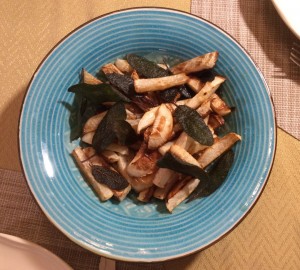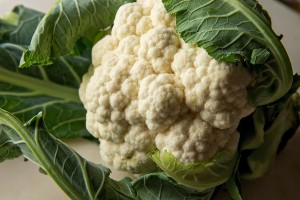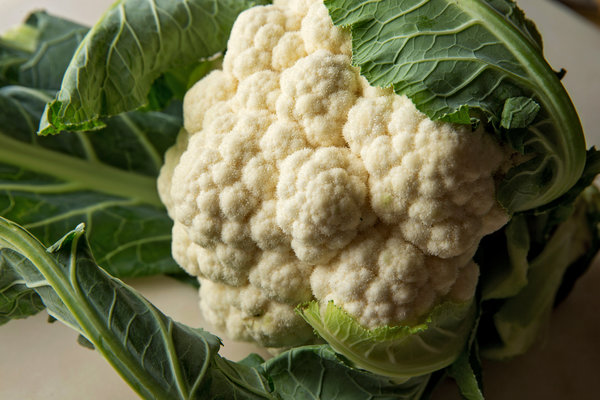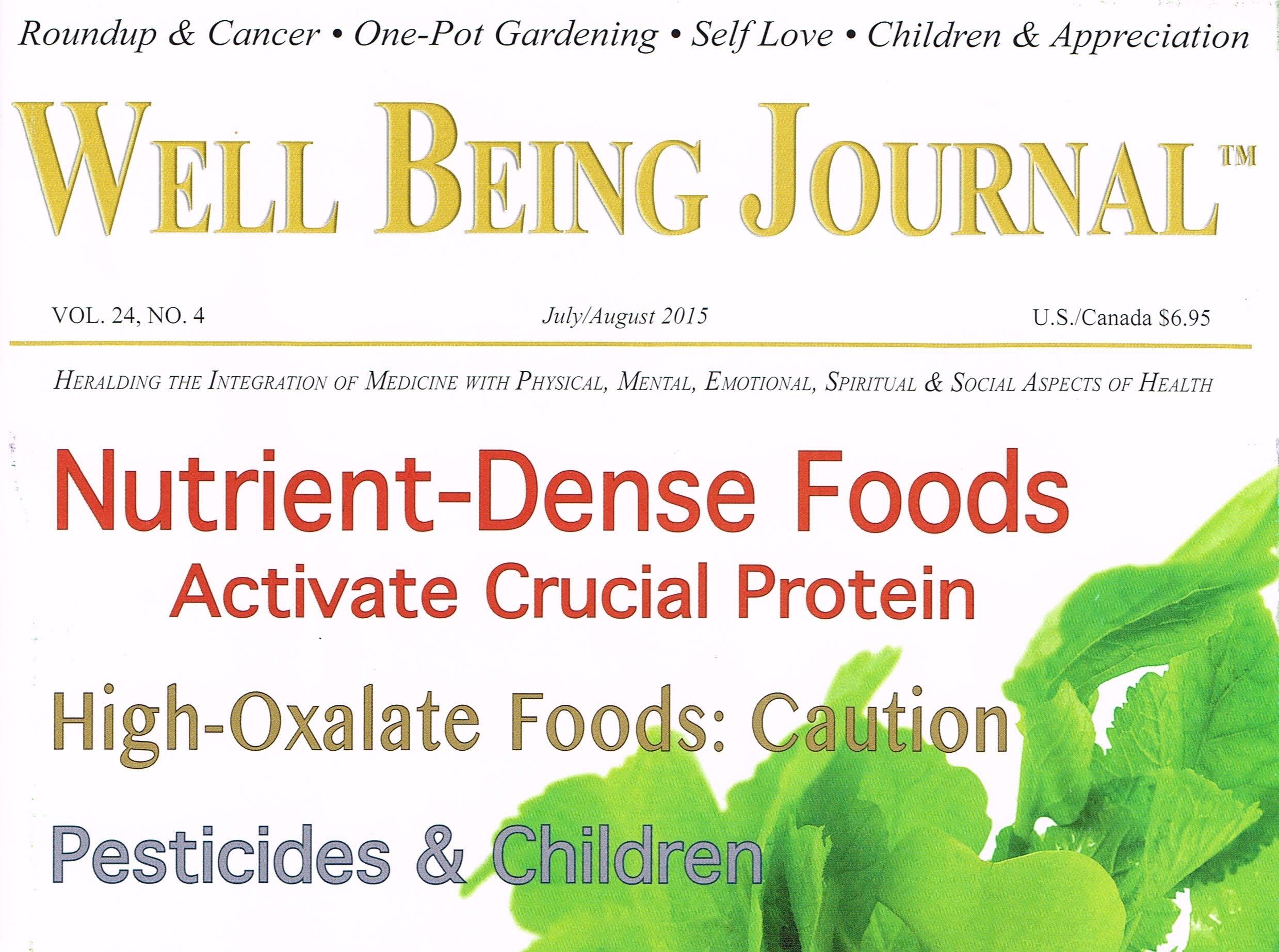
Norton, S. “When Healthy Isn’t: The Risks of High Oxalate Foods.”
Well Being Journal. 24:4; pp. 16-24; (2015).
Trying to “get healthy” can prompt you to order a spinach salad, get a juicer, and start pouring almond milk over your cereal. All these “healthy” actions can eventually add up to major health problems – ones you’d rather avoid. Problems like chronic pain, fatigue, and kidney stones can develop from too much “healthy food”.
You can protect yourself from current nutrition fads with science. Start by getting a copy of my article, “When Healthy Isn’t: The Risks of High Oxalate Foods” in the 2015 July-August issue of Well Being Journal. You’ll learn a lot, and you’ll want to share this eye-opening information with friends and family.
References
- Norton, S. When Healthy Isn’t: The Risks of High Oxalate Foods. Well Being Journal. 24:4, (2015).



